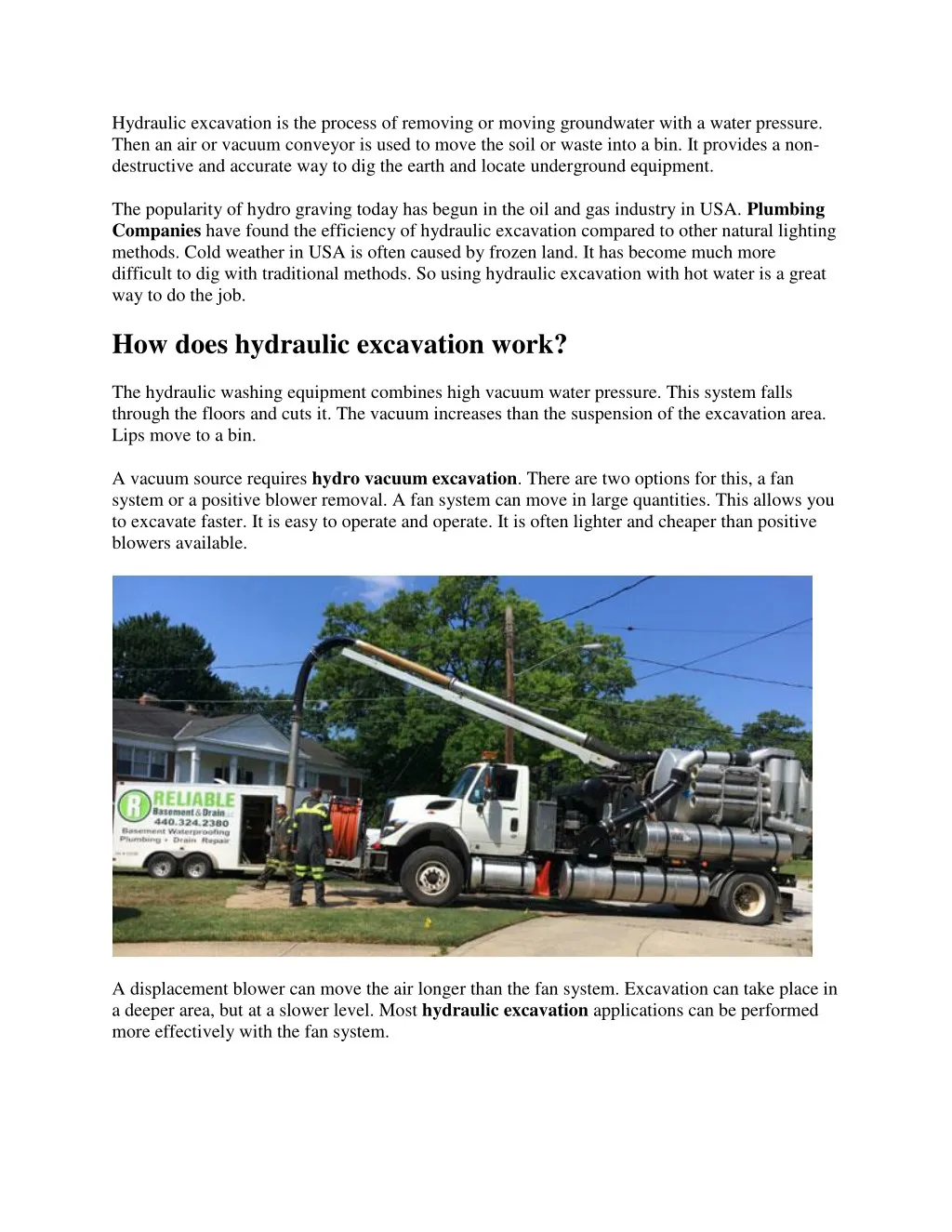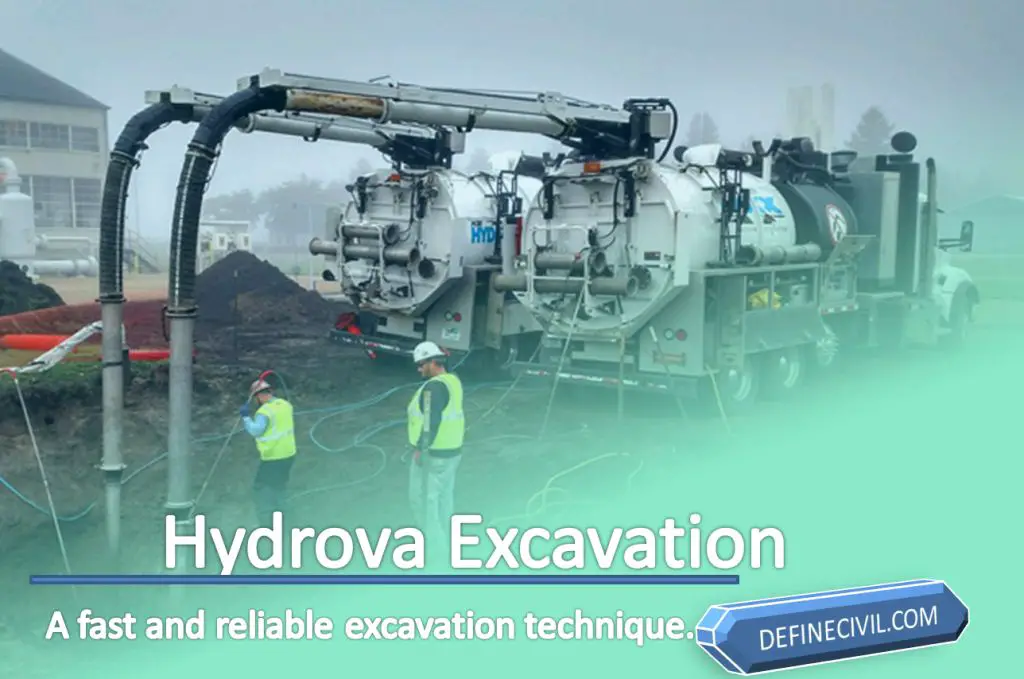What Does Trencher Do?
Wiki Article
Some Ideas on Mini Excavator You Should Know
Table of ContentsGeneral Contractor for BeginnersExcavation Contractors Near Me Fundamentals ExplainedSome Of DemolitionAn Unbiased View of General ContractorAn Unbiased View of Excavation Companies


Scrapers or Pans excavate dirt in one place, haul and dump the dirt in another place (general contractor). It is challenging to match the efficiency of scrapes for cut/fill dirt operation if the haul range is much less then a mile. Scrapers are normally pulled by a rubber tire wheel tractor and are in some cases pressed through the cut location by a bulldozer.
There are lot of times that scrapers are not utilized for site grading and also a dump vehicle is utilized: the haul may be to long, the haul might cross roads where scrapes are not permitted, difficult rock might be encountered, equipment availability, etc. Dump trucks are in common use and also possibly require little discussion.
Lots of trucks have a top-hinged tailgate that can not dispose any kind of rock larger then the tailgate width. "Rock body" beds, on the various other hand, have no tailgates as well as can unload any type of size rock, although their volume ability is diminished. These internet links show devices requirements for several usual dump trucks. Compaction Tools increases the density of the dirt and also in some cases supplies a smooth, rolled surface area.
An Unbiased View of Excavation Companies
From a simple examination pit to percussion exploration to core boring the proprietor has significantly more pricey choices that produce significantly far better information regarding the site underground. The Owner on a 100,000 SF structure job may license twenty uninteresting places with split spoon soil samples taken up until rock is gotten to and then core examples of rock.Knowing the type and quality of rock (from the core examples) and also area of rock (from the dirts boring) is a real advantage in jobsite planning. Conversely, the Proprietor of a 100,000 SF building might choose to wage no geotechnical testing whatsoever. The choice about geotechnical testing is generally made by a Proprietor without input from the Building and construction Manager.
A knowledge of the approximate area of the rock assists the Building Supervisor to intend the series of steps adhering to rock excavation. If rock is in one corner of a big structure job, for instance, the earth excavation can begin at the opposite end of the building in order to start structure job soonest.
Beginning the structure job early would be a good suggestion if the rock might be eliminated by tearing. If the rock is incredibly tough and calls for significant blasting, it might be sensible to hold foundation work till the blasting is finished. The Construction Manager ought to coordinate these sorts of choices and make use of all the technical date readily available.
Facts About Excavator Uncovered
Unclassified excavation stipulates that all rock or other unforeseen materials (excluding dangerous materials) experienced in the sitework will be the obligation of the Service provider at no change in contract price. An unclassified excavation is easier from a book-keeping standpoint and positions the obligation for geotechnical conditions onto the Sitework Specialist.It's fantastic what a heavy rainfall can do to a construction project. Prior to the rainfall, the site might be completely dry, heavy devices effectively moving planet, the other professions smoothly executing their job.
In most locations of the globe, the Building Supervisor must keep in mind a simple truth: IT WILL RAIN. Good planning can minimize the damages and also disruption of a hefty rainfall to a jobsite. Commonly the excavation and grading is left to the Sitework Specialist (and also their Foremen is responsible to oversee and also direct the heavy tools and drivers).
Consequently the Building and construction Supervisor must be constantly familiar with what rain will do to the job site. It is not unusual for the Sitework Foreman to work their heavy devices for optimal Get More Information performance and hope it does not rain. Among the ideal ways to get ready for rain is to slope all qualities to drain pipes as well as to smooth rolled the surface prior to a rainfall.
The Facts About Demolition Revealed
The Construction Manager should be far-sighted enough to insure that heavy rain does not quit working on the job much longer than essential. Daily conversations with Sitework Foremen might be called for to accomplish this objective. Any type of time excavation is needed listed below the existing water level on a job, the procedure of dewatering should be considered.In an absolutely natural soil, the water takes a trip so gradually with the clay or silt that dewatering is not generally required for the fairly short time of excavation. Dewatering may be needed for a solitary ground excavation or for an entire task website. One of the most usual dewatering methods are trench drains, deep wells and also well factors.

Ground water seepage can also be reduced by cutoff methods such as sheet piling. High dewatering expenses have actually faded the profit margins on far as well numerous jobs.
This choice should always be considered when assessing the possibility of dewatering. Certainly the alternative is just sensible if gravity can run the water to lower ground. Trench drains can be reduced with a backhoe and filled with a rugged, granular material (# 4 rock for instance), but care must be worked out in selecting the water electrical outlet kind and also area.
Some Known Details About Excavating Contractors
A siphon, necessarily, makes use of climatic stress to carry water from one altitude, up over a barrier, to a lower altitude. The pipelines in a siphon system must be impermeable and some resourcefulness is often required to totally fill the siphon pipe. The siphon pipe have to be complete for the siphon to begin.A deep well includes a pump, hose and also an upright well casing. The pump consumption is at the bottom of the well case (typically some smashed rock is positioned down there as a filter tool) (grading contractors). The water is inflated the pipe, out of the well case, as well as to an appropriate discharge place.
In a coarse sand, as an Continue example, a big area can be pumped to near the pump consumption altitude. A less permeable dirt, on the various other hand, reduces the performance of a deep well. Given that the pump is generally at the end of the deep well, there are no height limitations because of vacuum lift, as well as deep wells can lower the groundwater over 50 feet.
On the bottom of the wellpoint there is a 2 foot long screen and also shutoff, water jets out of this valve and produces a hole right into which the wellpoint click here for more pipe can be decreased. This hole is usually made a bigger size (as an example 10 inches) to permit a rugged sand backfill to help filter the water (demolition).
Report this wiki page